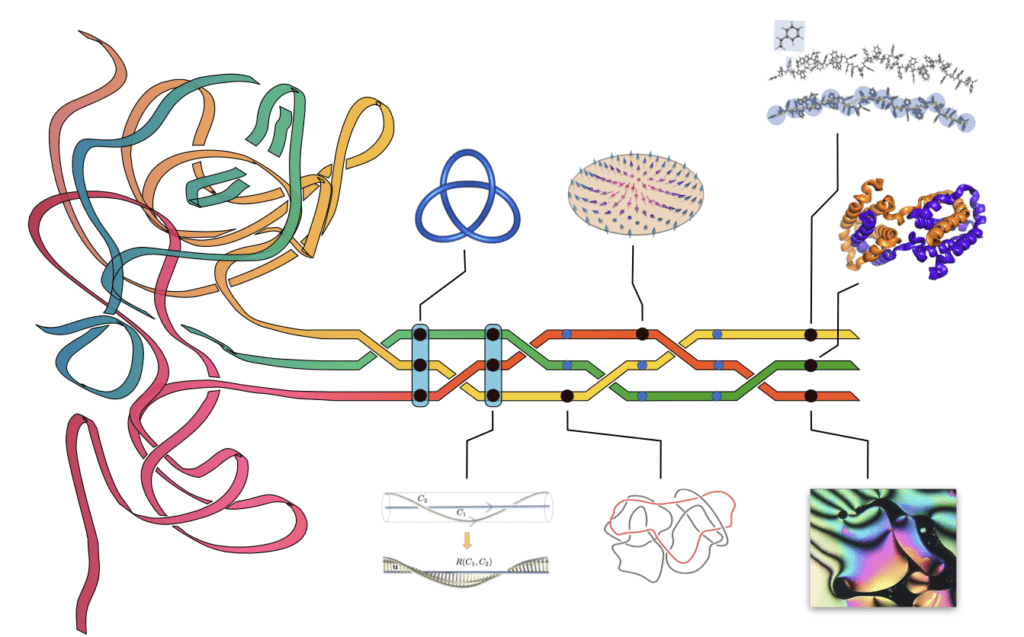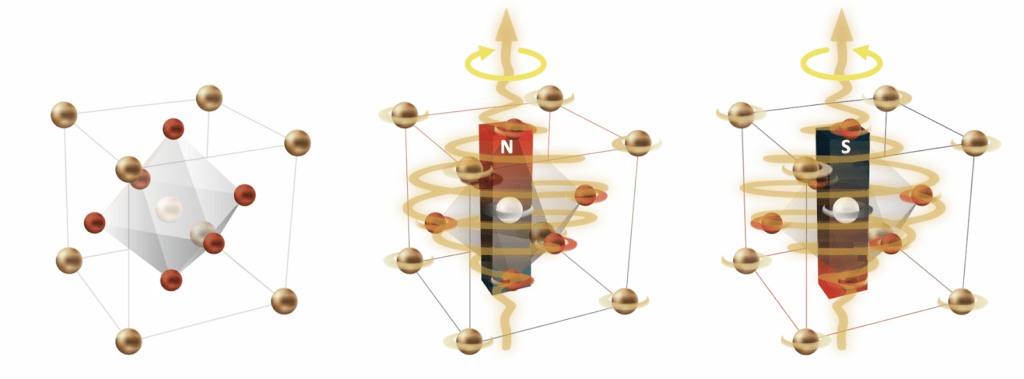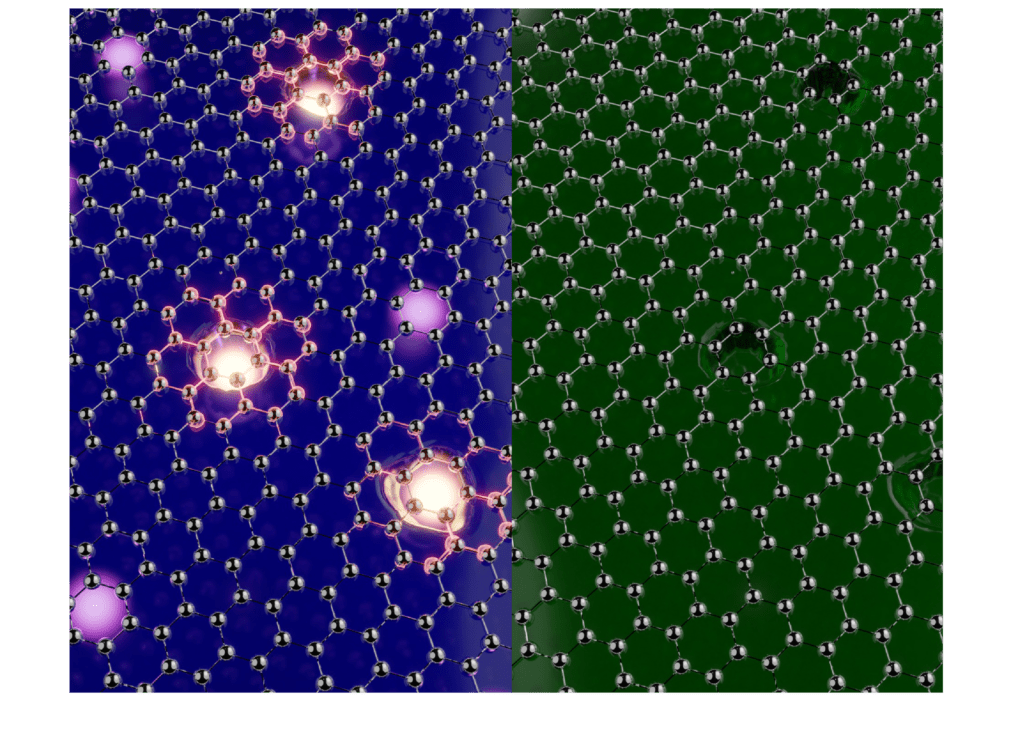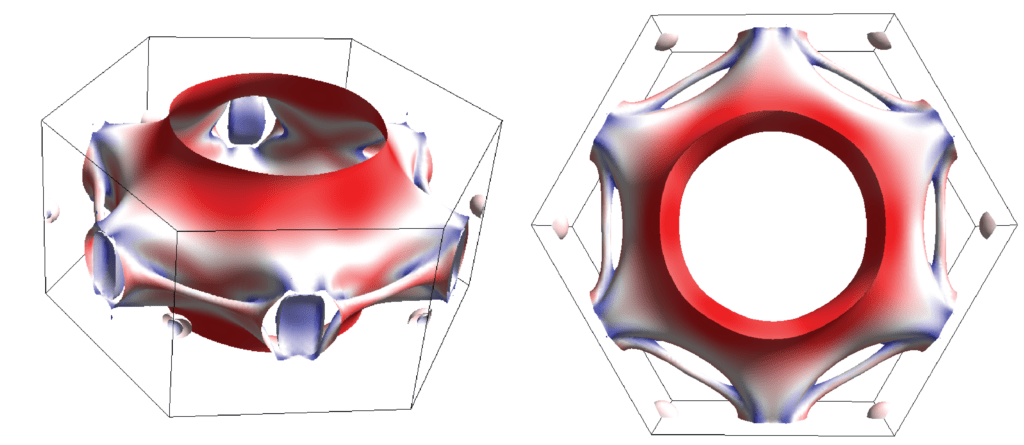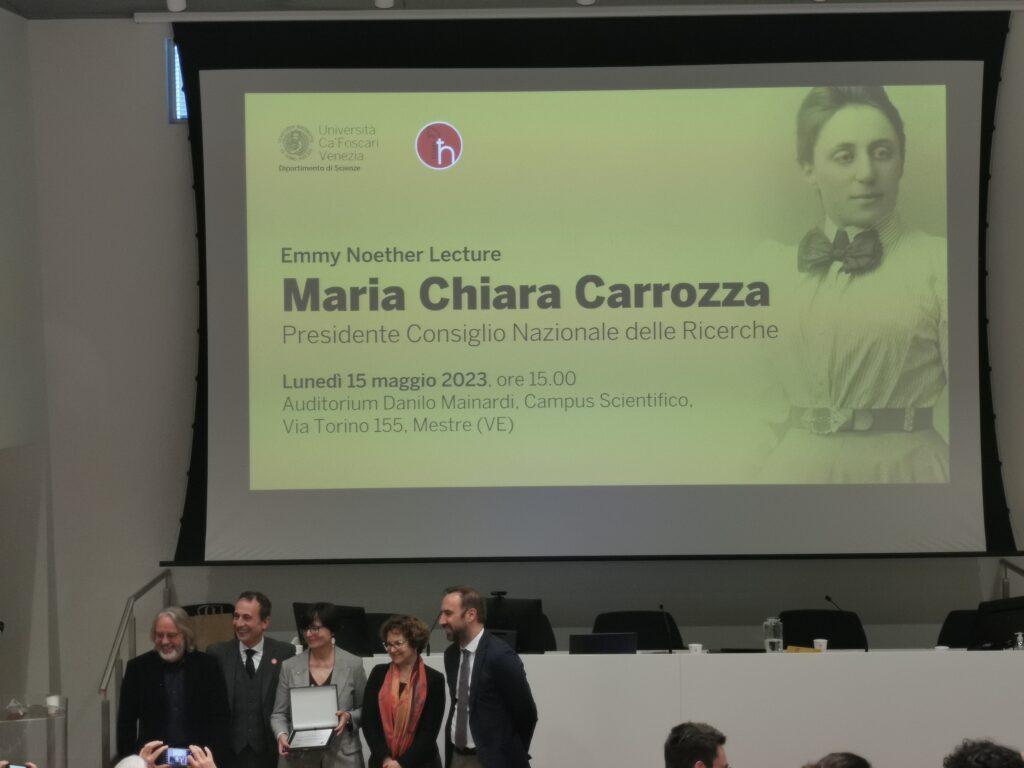Real systems like our cities can have their digital versions, called “digital twins,” which are now possible due to the development in the fields of sensors and artificial intelligence. However, to transform these “doubles” from mere digital replicas to reliable tools for understanding the world and predicting behaviors, they need to be combined with the science of complexity. This is the key to creating cities that are genuinely human-centered. This is what a group of scientists, including Guido Caldarelli, a physicist at Ca’ Foscari University of Venice, argue in an article in Nature Computational Science. Digital twins are highly detailed replicas of real systems, including human bodies, cities, or the entire world, created by feeding representations of the elements of the respective system of interest into “black boxes.” This allows them to learn to behave more and more similarly to the corresponding elements of the real world. Digital twins can be used to study alternative scenarios and to control the real system based on artificial intelligence. However, “doubles” do not necessarily mean that digital twins behave realistically. Neither is there any advantage in creating a perfect copy of a system without understanding either the system or its simulation. Beyond issues related to big data and machine learning, local digital twins often oversimplify aspects such as social and cultural life and anything that is not represented by data. This includes everything that is immeasurable, such as friendships, love, and quality of life – things that are terribly important to humans but not to computer models, artificial intelligence, and robots. Therefore, Guido Caldarelli and his colleagues emphasize the need for digital twins to be combined with the science of complexity. This, they write, is the key to understanding global behaviors and not just a mere repetition inside the computer. The science of complex systems studies dynamic systems made up of many elements, which typically interact with each other or with other systems in a nonlinear way. Such systems often take the form of a network and can be layered several times, forming networks of networks. Taking interactions into account is essential for understanding the nature of complex systems, which cannot be understood solely from the properties of their individual parts. Nonlinear and network interactions are often the cause of emerging system properties. One can also speak of self-organization from the bottom up. Cities are full of these phenomena. They can range, for example, from the formation of uniform lines of walking directions on sidewalks to patterns of stopping and restarting traffic flows, or patterns of segregation between people with different cultural backgrounds, as Nobel Prize winner Thomas Schelling has shown. “As a consequence,” explains Guido Caldarelli, “digital twins not only need to consider the science of complexity to become useful and reliable tools. It is not even enough to plan, optimize, and control cities from the top down. To create cities for people, it is crucial to anticipate opportunities for self-organization, participation, and co-evolution.” Real systems like our cities can have their digital versions, called “digital twins,” which are now possible due to the development in the fields of sensors and artificial intelligence. However, to transform these “doubles” from mere digital replicas to reliable tools for understanding the world and predicting behaviors, they need to be combined with the science of complexity. This is the key to creating cities that are genuinely human-centered. This is what a group of scientists, including Guido Caldarelli, a physicist at Ca’ Foscari University of Venice, argue in an article in Nature Computational Science. Digital twins are highly detailed replicas of real systems, including human bodies, cities, or the entire world, created by feeding representations of the elements of the respective system of interest into “black boxes.” This allows them to learn to behave more and more similarly to the corresponding elements of the real world. Digital twins can be used to study alternative scenarios and to control the real system based on artificial intelligence. However, “doubles” do not necessarily mean that digital twins behave realistically. Neither is there any advantage in creating a perfect copy of a system without understanding either the system or its simulation. Beyond issues related to big data and machine learning, local digital twins often oversimplify aspects such as social and cultural life and anything that is not represented by data. This includes everything that is immeasurable, such as friendships, love, and quality of life – things that are terribly important to humans but not to computer models, artificial intelligence, and robots. Therefore, Guido Caldarelli and his colleagues emphasize the need for digital twins to be combined with the science of complexity. This, they write, is the key to understanding global behaviors and not just a mere repetition inside the computer. The science of complex systems studies dynamic systems made up of many elements, which typically interact with each other or with other systems in a nonlinear way. Such systems often take the form of a network and can be layered several times, forming networks of networks. Taking interactions into account is essential for understanding the nature of complex systems, which cannot be understood solely from the properties of their individual parts. Nonlinear and network interactions are often the cause of emerging system properties. One can also speak of self-organization from the bottom up. Cities are full of these phenomena. They can range, for example, from the formation of uniform lines of walking directions on sidewalks to patterns of stopping and restarting traffic flows, or patterns of segregation between people with different cultural backgrounds, as Nobel Prize winner Thomas Schelling has shown. “As a consequence,” explains Guido Caldarelli, “digital twins not only need to consider the science of complexity to become useful and reliable tools. It is not even enough to plan, optimize, and control cities from the top down. To create cities for people, it is crucial to anticipate opportunities for self-organization, participation, and co-evolution.” Link to the original article: https://www.nature.com/articles/s43588-023-00431-4

